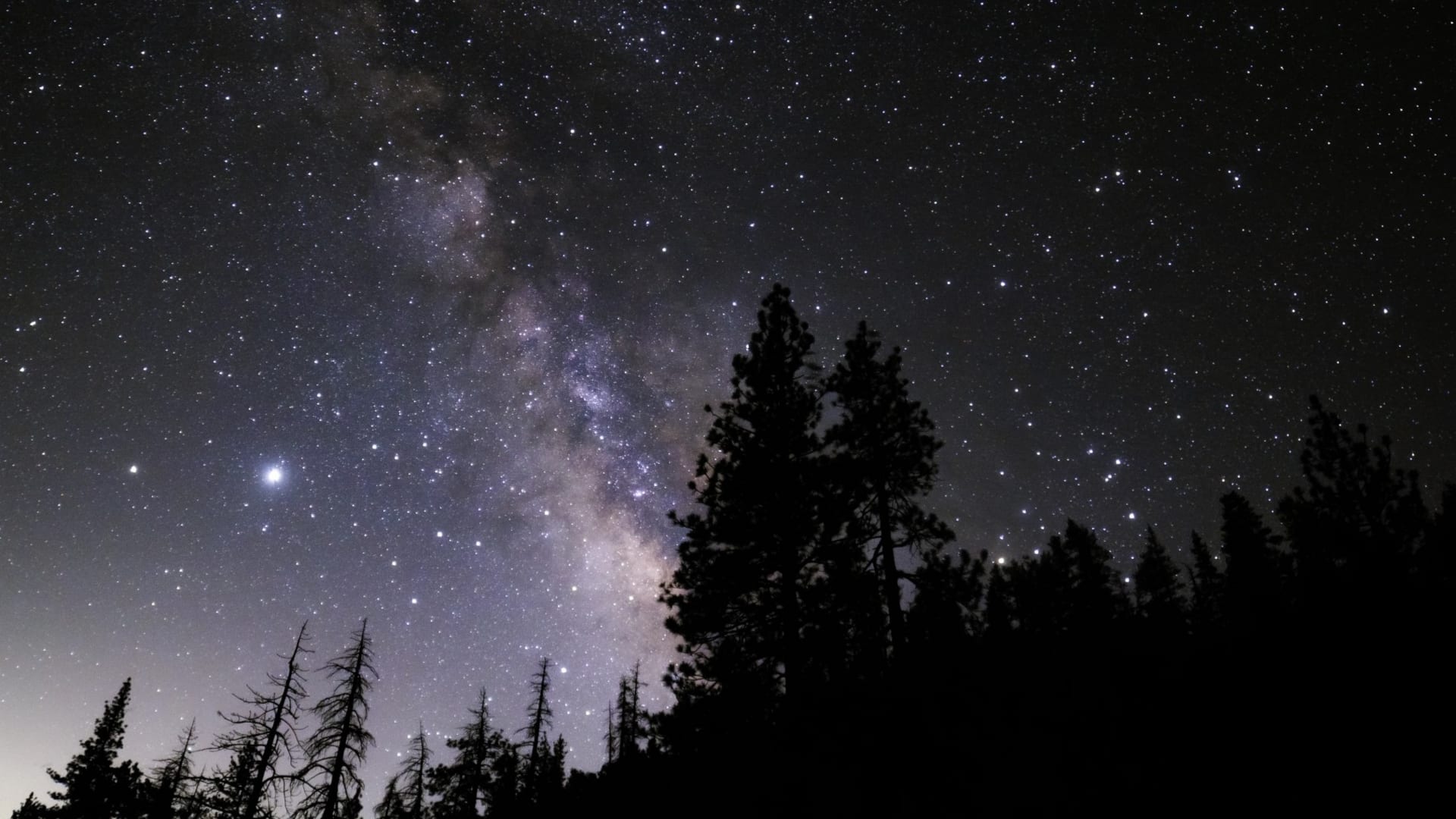
NASA skywatching guide: Top celestial events to catch this month
What's the story
This December, the night sky will be filled with exciting celestial events, including the year's most spectacular meteor shower, a visible ancient asteroid, and a bright full moon a day after Christmas.
NASA's skywatching guide recommends marking your calendar for these astronomical wonders. To enjoy the best views, find a spot away from bright city lights and bundle up for the chilly weather.
Details
Geminid meteor shower peaks on December 13
The Geminid meteor shower, famous for being the most reliable and abundant annual meteor shower of the year, will reach its peak on December 13.
In perfect stargazing conditions, you can spot up to 120 vibrant, colorful shooting stars per hour.
The Geminids are bright and fast meteors, with a speed of about 35km/s and they tend to be yellow, per NASA.
For the best experience, dress warmly and find a viewing spot away from city lights.
Asteroid
Ancient asteroid Vesta is visible throughout December
Throughout December, the massive asteroid Vesta, which is the brightest asteroid visible from Earth, will be at its most luminous for the year.
The asteroid will be at its opposition, meaning it will lie directly on the opposite side of Earth from the Sun.
The celestial object will be at its closest to Earth and will be easy to observe at this time.
To locate Vesta, use a stargazing app like Stellarium and binoculars or a small telescope.
Moon
Morning sky highlights from December 7-10
From December 7 to 10, you can watch a lovely grouping of Venus, the crescent Moon, and the bright star Spica in the southeast skies in the morning.
On December 17, shortly after sunset, a stunning crescent moon will appear near Saturn in the southwest sky.
For an extra treat, use binoculars or a small telescope to look for Saturn's enormous moon Titan, which will be seen as a faint dot next to Saturn.
Information
New moon on December 12
This month, the new moon falls on December 12. New moons can provide an ideal time for viewing fainter stars, planets, meteors, and even the Northern Lights. It also creates perfect dark sky conditions for catching the Geminid meteor shower, which peaks on December 13.
Insights
Planetary alignments and full moon
On December 21 and 22, you can see bright Jupiter alongside the nearly full moon all night long. They will appear in the southeast skies early in the night, and they travel westward through the night.
The full moon falls on December 26, and it will look exceptionally large and bright on Christmas, a heavenly holiday gift.
The December moon cycle has various historical names across different cultures, like 'Moon Before Yule' and 'Minado Giisoonhs' or 'Little Spirit Moon.'